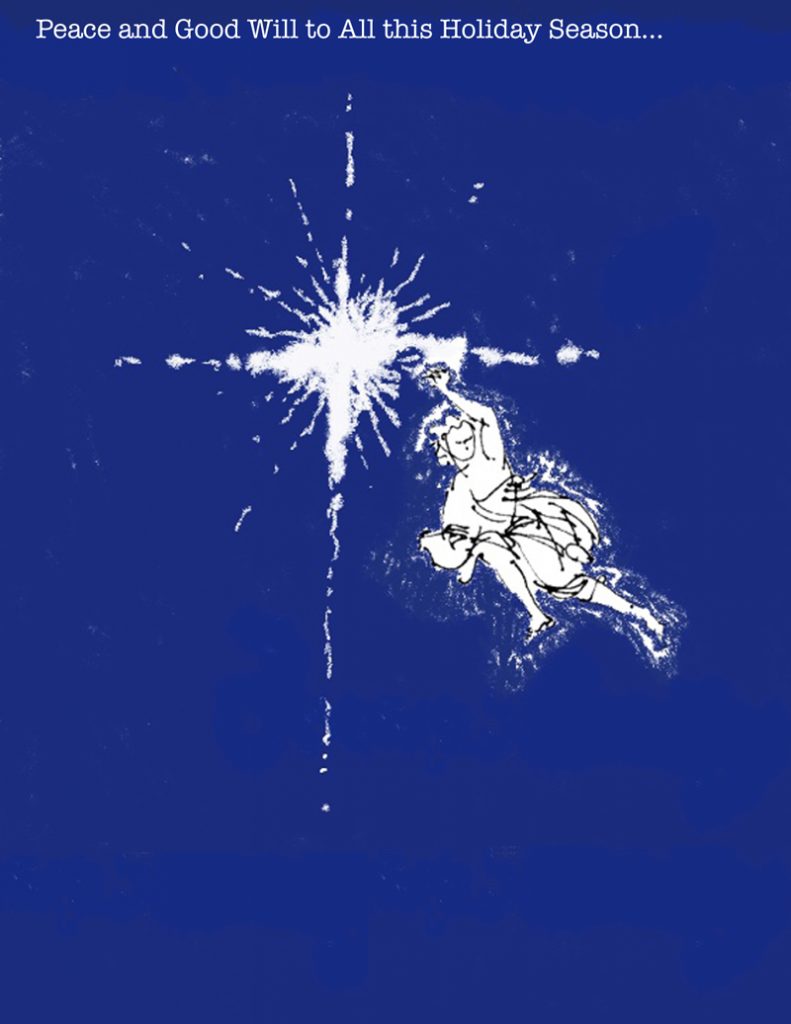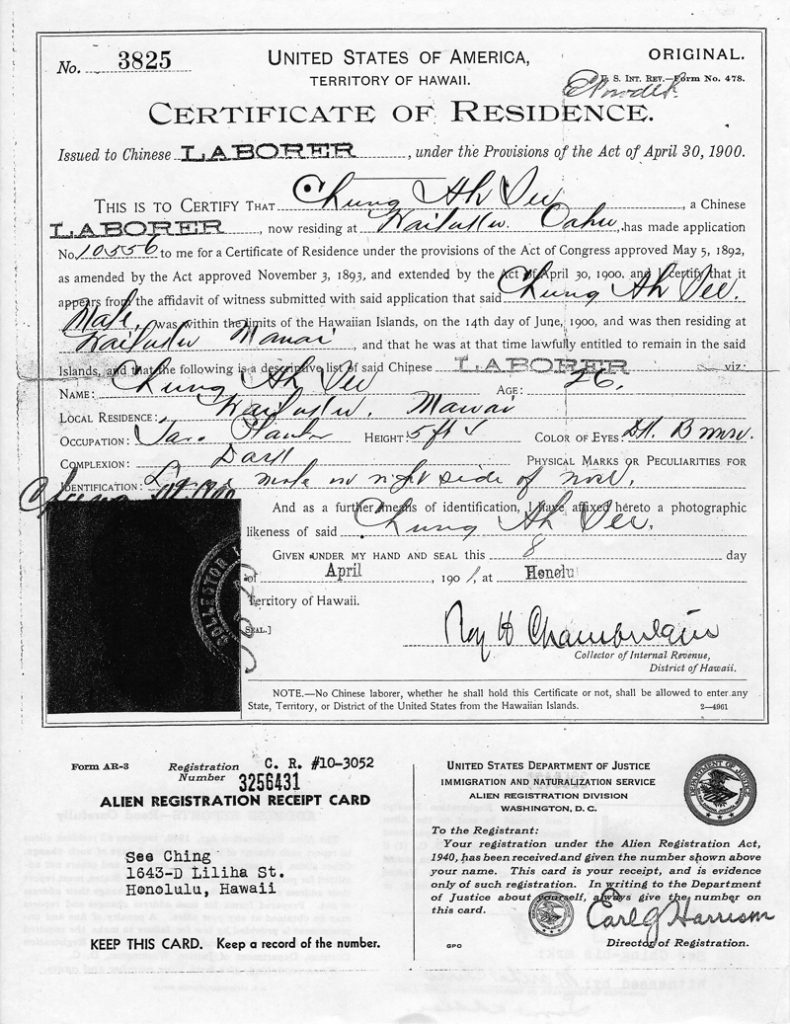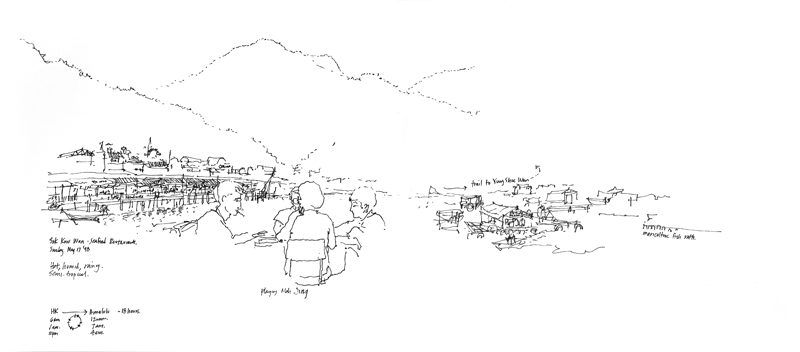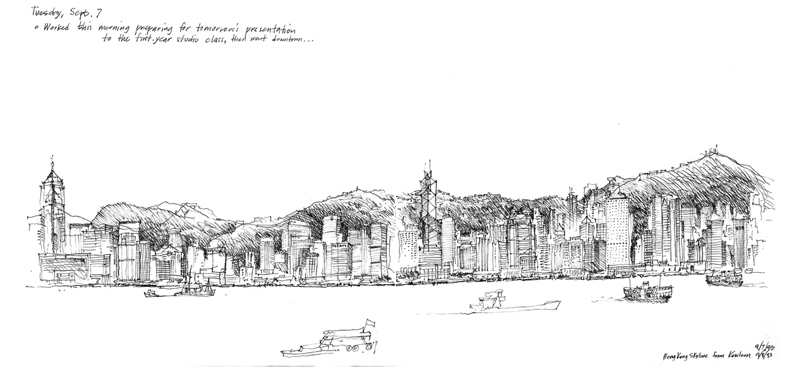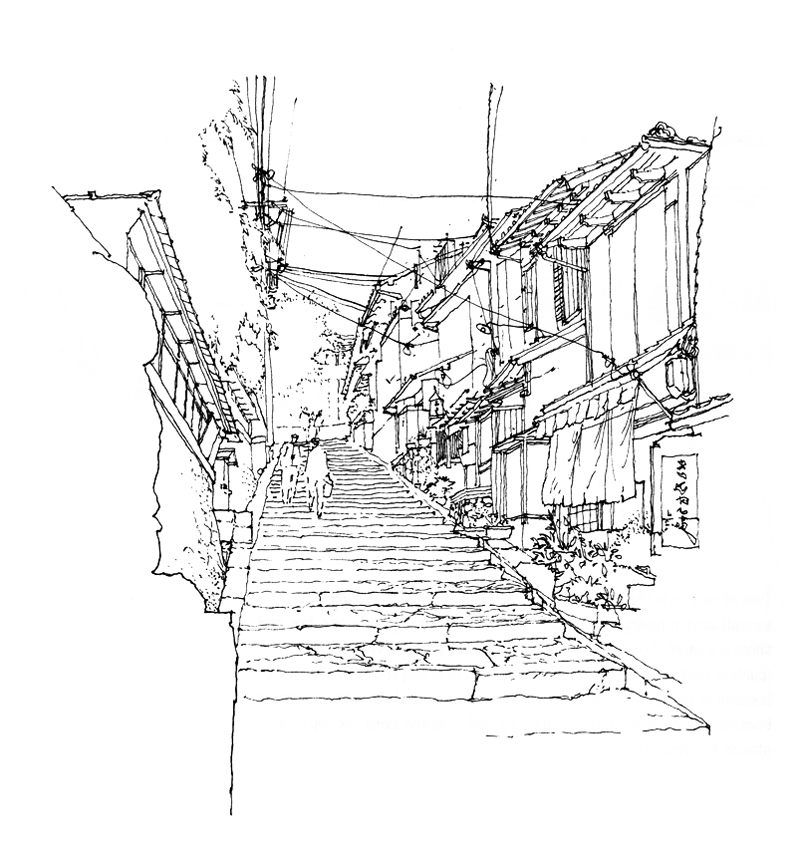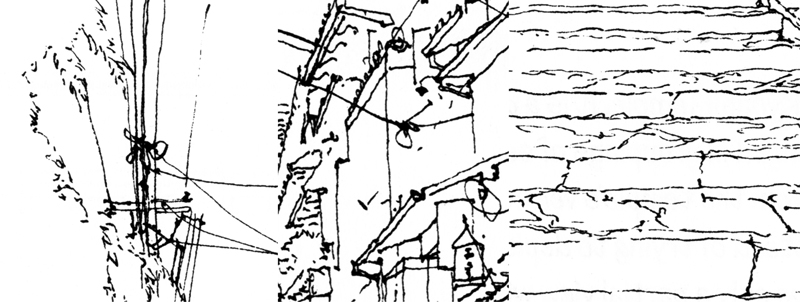Peace and Good Will to One and All…
Monthly Archives: December 2018
Magnuson Act of 1943
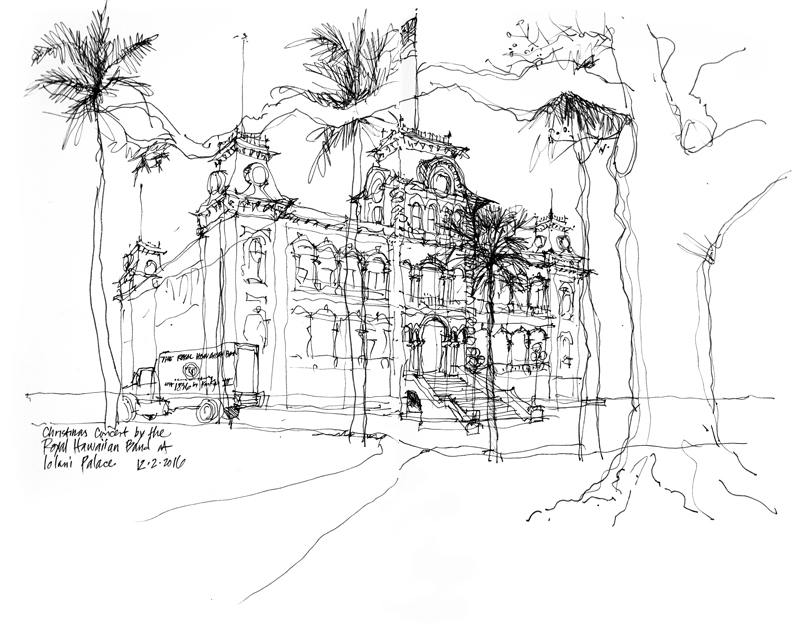 On this date 75 years ago, President Franklin D. Roosevelt signed the Magnuson Act into law. Proposed by then Washington State Representative Warren G. Magnuson, the act basically repealed the Chinese Exclusion Act of 1882, permitted limited Chinese immigration, and allowed some Chinese immigrants already residing in the U.S. to become naturalized citizens. But the act still banned ethnic Chinese from owning property and businesses.
On this date 75 years ago, President Franklin D. Roosevelt signed the Magnuson Act into law. Proposed by then Washington State Representative Warren G. Magnuson, the act basically repealed the Chinese Exclusion Act of 1882, permitted limited Chinese immigration, and allowed some Chinese immigrants already residing in the U.S. to become naturalized citizens. But the act still banned ethnic Chinese from owning property and businesses.
This reminds me of my own grandparents on my father’s side, who immigrated to Hawaii as laborers. Above is a copy of my grandfather’s Certificate of Residence, signed in April 1901. There are a few things to note: First is the misspelling of my grandfather’s surname. Second is that this document was required by the provisions of the Act of April 30, 1900. This was the so-called Organic Act, which provided a government for the Territory of Hawaii, after the overthrow of the Hawaiian monarchy by mostly U.S. business interests in 1893.
And third, notice that the registration card at the bottom was required by the Alien Registration Act of 1940. While the primary intent of this act was to make it illegal for any resident or citizen in the United States to teach or advocate the overthrow of the government, it also forced non-citizens, such as my grandparents, to register so that the government would be better able to track them and their possibly un-American ideas or activities.
We can sometimes forget how complicated our cultural and political history has been.
Sok Kwu Wan
A drawing done 20 years ago, after arriving on a ferry from Hong Kong Island to Yung Shue Wan on Lamma Island, and then walking for an hour-and-a-half to Sok Kwu Wan. In contrast to this rather sparse sketch is another drawing I did five years earlier of this skyline as seen from Kowloon, which uses a lot more ink to convey the dense, urban fabric of Hong Kong Central.
“Art does not reproduce the visible; it renders visible.” Paul Klee
Occasionally, I will be reposting items from my Facebook page, which I had used to illustrate my drawing activities from January 2010 to February 2012. This one is from June 2010.
The above quote brings to mind the distinction between the vast richness of our visual perception as we survey a scene and our limited ability to capture that richness in a drawing. So in sketching, rather than attempt to reproduce every detail exactly the way we see it, we should simply try to make what we perceive visible to others. We do this by remembering that all drawing is abstraction, editing what we choose to include in our drawing, and relying upon suggestion rather than replication.
For example, here are a few enlargements of a sketch I did of the Sannenzaka slope in Kyoto. The lines and shapes are barely recognizable as being representative of anything. But in the context of the whole drawing, it is convincing enough to suggest to the mind’s eye a scene that we recognize. The whole is truly greater than the sum of the parts.

